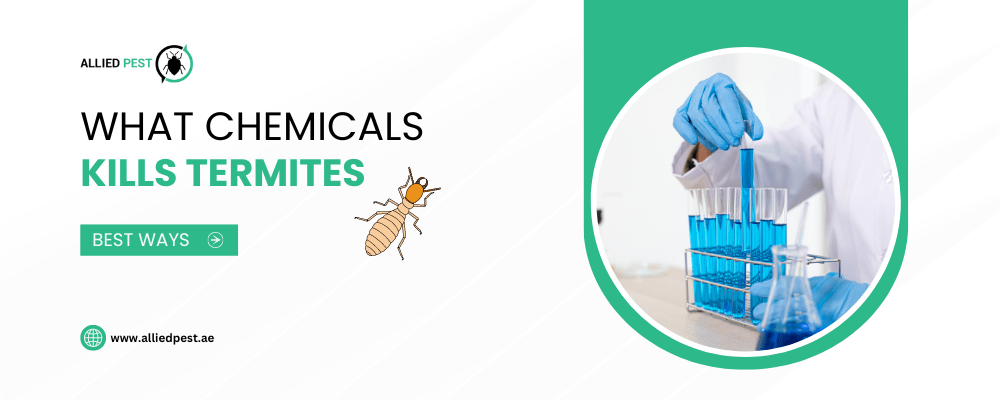Termites often known for their destructive capabilities have a complex social structure with various castes each playing a unique role in the colony. Here are the main termite castes and their roles explained:
- Worker Termites: Worker termites form the majority of the colony and are responsible for various tasks such as foraging for food, feeding other castes, caring for the young, and constructing and repairing the nest and tunnels. They are typically pale and small and lacking wings.
- Soldier Termites: Soldier termites are tasked with defending the colony from predators, primarily ants. They have large powerful jaws known as mandibles that they use for protection. Soldiers often have darker, more robust bodies than workers, and some species have specialized heads for blocking tunnels against intruders.
- Reproductive (Alate) Termites: Also known as swarmers, reproductive termites are responsible for establishing new colonies. They have wings and are the only caste capable of flight. Once mature, alates leave the colony in large swarms during specific times of the year, mate, and then shed their wings to start a new colony as the king and queen.
- King and Queen Termites: The king and queen are the reproductive centers of the colony. After mating the queen becomes an egg-laying machine producing thousands of eggs each day to maintain and expand the colony. The king’s primary role is to fertilize the queen’s eggs. They are typically found deep within the nest, well-protected by the workers.
- Supplementary Reproductives: In some termite species, particularly those with large colonies, supplementary reproductives assist the primary queen in egg-laying. These individuals can help in case the primary queen dies or if the colony needs to expand rapidly.
Understanding the roles of each caste in a termite colony provides insight into their sophisticated social structure and the efficiency with which they build and maintain their nests.




